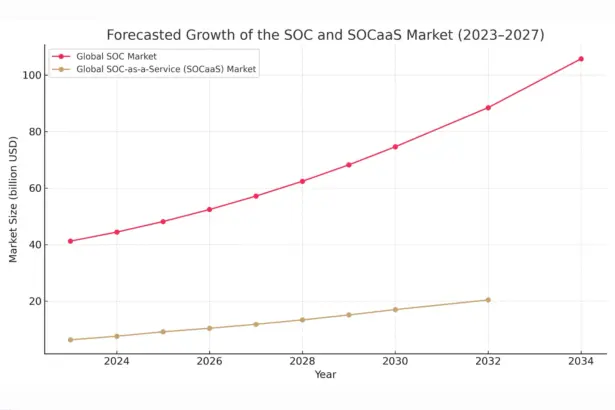At the Build 2025 conference, Microsoft announced a new language model, Grok, developed by the xAI start-up founded by Elon Musk, on its Azure cloud platform. While this announcement may seem like just another step in the expansion of AI offerings, it actually signals a significant change of course. Microsoft is betting on openness towards a variety of artificial intelligence providers – including those that may compete with its strategic partners, such as OpenAI.
The move opens up new opportunities for Azure customers, but also raises questions about the future of Microsoft’s entire cloud ecosystem. Is openness an asset at a time of dominance by a few big AI players, or a strategic risk?
From Copilot to Grok: Microsoft seeks balance
Over the past few years, Microsoft has been building its image as a leader in the field of generative AI, largely based on its close collaboration with OpenAI. GPT-4 models drive a number of the company’s products, from Microsoft 365 to developer tools. In this context, the arrival of Grok in Azure is a signal that the company does not want to be held hostage to a single vendor.
xAI, founded by Elon Musk, is presenting Grok as an alternative to the ‘too stacked’ models of other companies. The model itself has gained notoriety for, among other things, its integration with X (formerly Twitter), but its arrival in Azure is more than just another integration. Microsoft is signalling that it does not want to be associated with just one approach to AI – and that the Azure platform is intended to be a space for multiple perspectives.
Diversity as an advantage … and a challenge
From the point of view of business customers, this is good news. Different AI models offer different functionalities, and being able to choose can bring real benefits – matching industries, domain language, operational costs or processing policies. Companies increasingly want an option: not just ‘GPT or nothing’, but, for example, Grok for fast social media processing, Mistral for offline work and Claude for document analysis.
However, openness is not free. Managing multiple models in parallel on a single cloud infrastructure generates complexity – especially in terms of security, visibility and regulatory compliance. What is flexibility for some may be the beginning of chaos for others.
Ecosystem under pressure
Microsoft promotes GPT-based Copilots on the one hand, while making competing solutions – such as Grok – available on the other. This dual-tracking can raise tensions with both partners and end customers. What will happen to integrators and providers of OpenAI-only solutions? Will they be forced to adapt to the ‘new pluralism’, or will they start looking for more closed environments?
From an end-user perspective, this can also lead to a fragmented experience. When different tools work with different AI models, there is a question of consistency of results, data security and control over the flow of information.
Security: a new front line
The biggest challenge, however, relates to security. Every new model in the Azure ecosystem is a new attack vector – not necessarily due to maliciousness on the part of the developers, but through lack of standardisation, configuration imperfections and limited transparency.
The multi-model AI environment in the cloud means that it is not always clear who is processing the data, how and for what purpose. The line between legitimate and covert use of AI is becoming increasingly difficult to grasp. Companies that don’t have the right tools to inspect, audit and detect anomalies may not even know that their data has ended up in a model they never validated.
This is forcing organisations to redefine their security strategy. Traditional approaches – such as firewalls or simple DLP systems – are no longer sufficient. What is needed are zero-trust architectures, advanced behavioural analysis mechanisms and least privilege policies that cover not only people but also machines.
Will Microsoft become a ‘marketplace’ for AI?
The opening to Grok may be the harbinger of a wider trend – Microsoft may be looking to make Azure something like an ‘App Store’ for AI models. The customer chooses which model they want to use and Microsoft provides the infrastructure, access and integration.
On the one hand, it’s an interesting business model – Microsoft doesn’t need to invest in its own LLMs as much if it creates an open platform with models from other companies. On the other – it requires strong quality, security and compliance controls, without which such a platform will quickly turn into a minefield.
The question is: will users trust a platform that gives freedom of choice but shifts some responsibility to the customer?
Openness is the future – but it requires maturity
Opening up Azure to alternative AI models is a logical step towards the democratisation of artificial intelligence. Microsoft wants its cloud to be a place where any model can be used, tailored to specific needs.
But the greater the diversity, the greater the need for order. Companies must not only choose the best models, but also understand how these models work, what data they process and what risks they pose. Without this, openness will turn into uncontrolled exposure.
Microsoft is playing on many pianos these days. The question is whether it will be able to hold the tune – or whether chaos will begin to reverberate.










